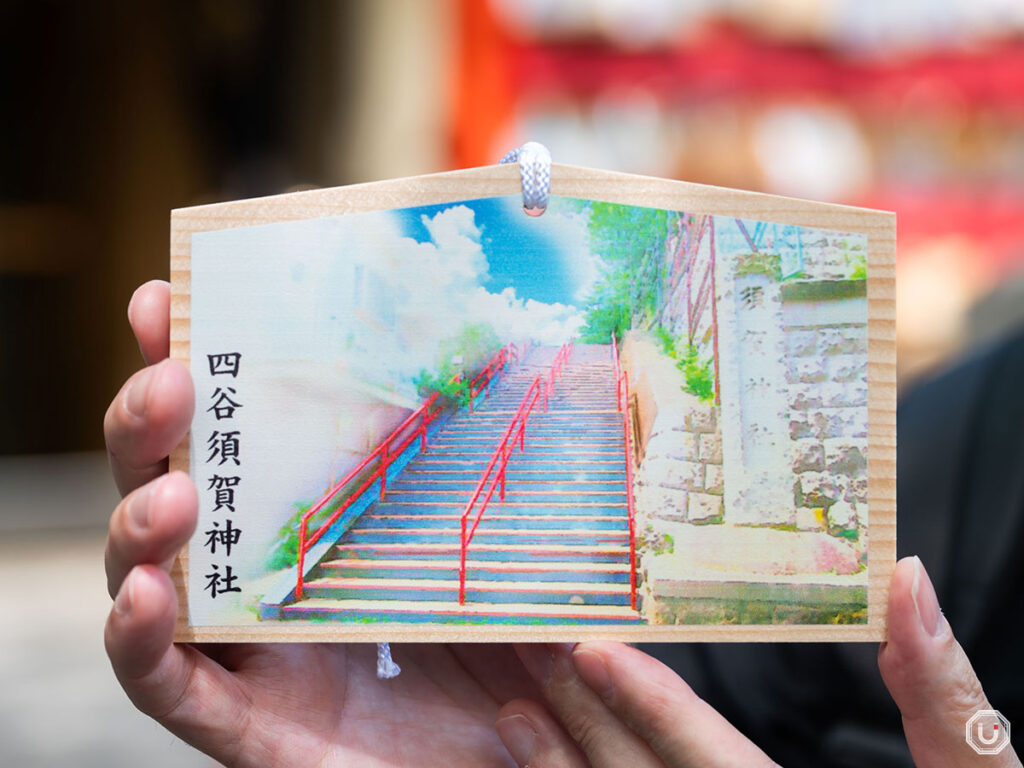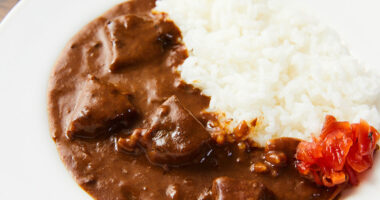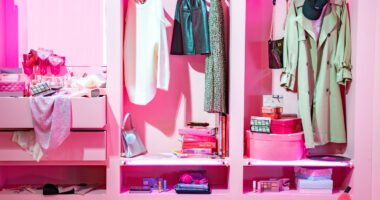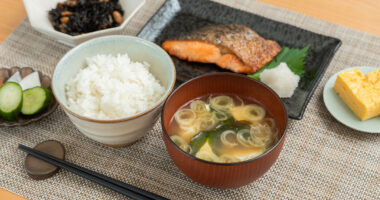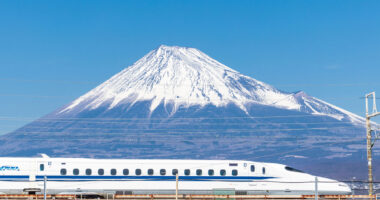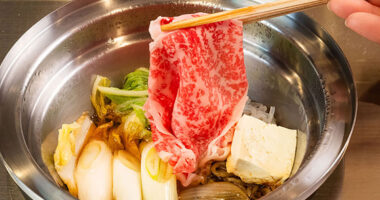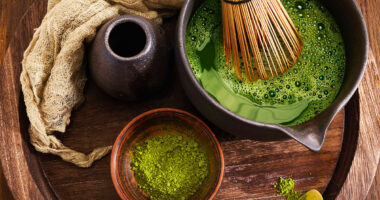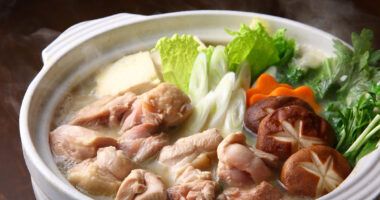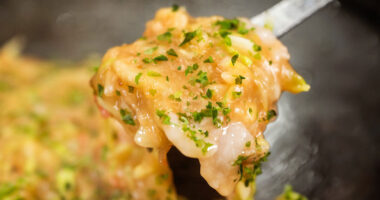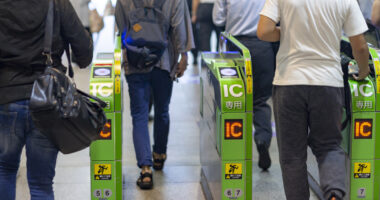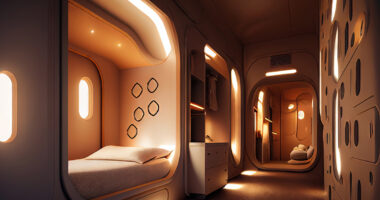Visiting Shinto shrines and Buddhist temples in Japan is a rewarding experience, offering insights into the country’s cultural traditions and practices. Here are practical tips and answers to common questions for first-time visitors.
Goshuin: special seals at shrines and temples
Goshuin are special seals collected from shrines and temples, usually kept in a goshuinchō (seal book). These beautiful mementos serve as a cherished record of your visit.
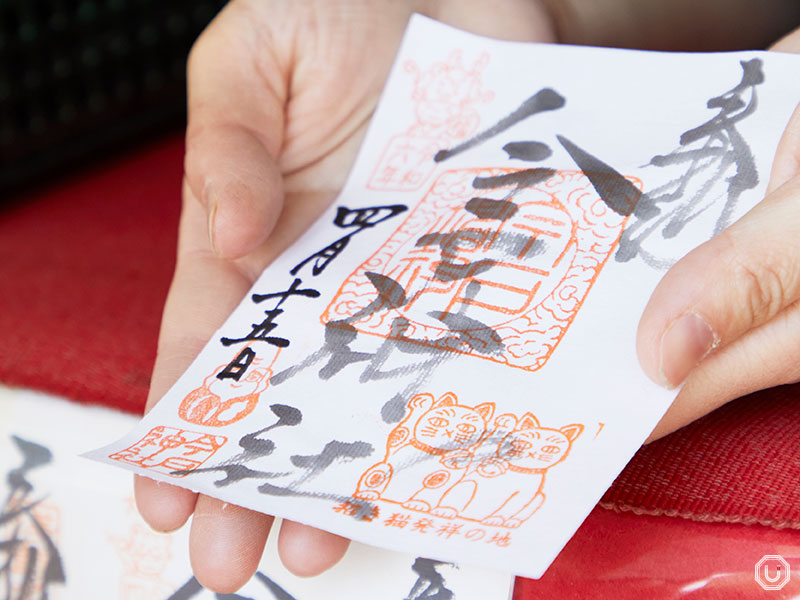
The goshuin seal from Imado Shrine in Tokyo. Goshuin are unique to each place of worship.
- Where to get them: When they are available, you can obtain them at the shrine or temple office.
- How to use them: Present your goshuincho at the office where goshuin are issued. There may be a small fee, typically around 300 to 500 JPY.
Frequently asked questions
- Q: What if I don’t have a goshuincho with me? A: You can usually buy one at the shrine or temple office or at a stationery store. Some shrines and temples may also provide goshuin on a piece of paper.
- Q: Can I write or draw inside the goshuincho? A: No, you should only include the official stamps and calligraphy from shrines and temples.
- Q: Can I use a goshuincho purchased at a temple for a shrine and vice versa? A: Yes, a goshuincho is versatile and can be used at both shrines and temples.
Omamori: protective amulets at shrines and temples
Omamori are small amulets sold at both Shinto shrines and Buddhist temples, believed to provide various forms of protection and blessings.
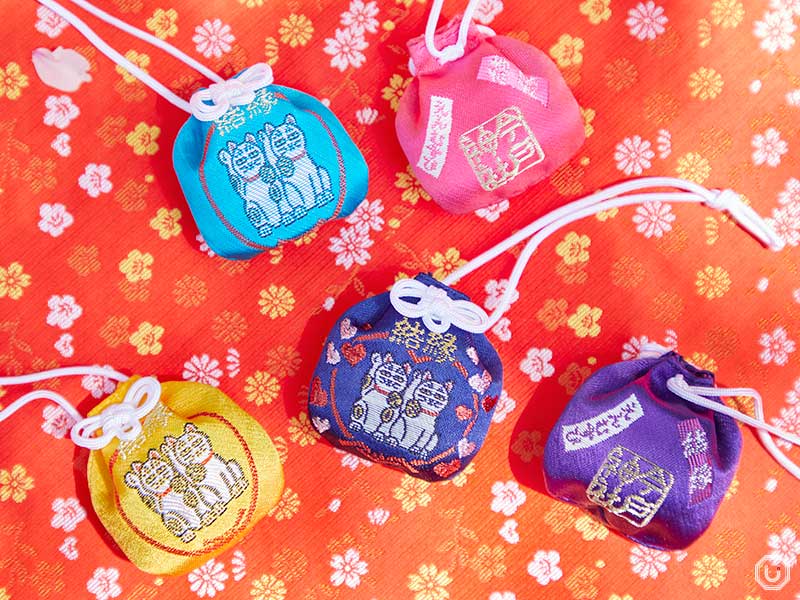
Amulets from Imado Shrine in Tokyo. Some amulets have unique designs.
- Types and purpose: There are different types for health, success, safety, and more.
- Where to get them: Available at the shrine or temple’s office.
- How to use them: Keep them with you—attach them to your bag, phone, or keep them in your car or home.
Frequently asked questions
- Q: Is it okay to buy more than one omamori? A: Yes, it’s fine to buy multiple omamori for different purposes.
- Q: Can I look inside my omamori? A: No, the omamori should not be opened or desecrated in any way.
Ema: wooden votive tablets at shrines and temples
Ema are wooden tablets on which visitors write their prayers or wishes, often left hanging at the shrine or temple for the gods or Buddha to receive.
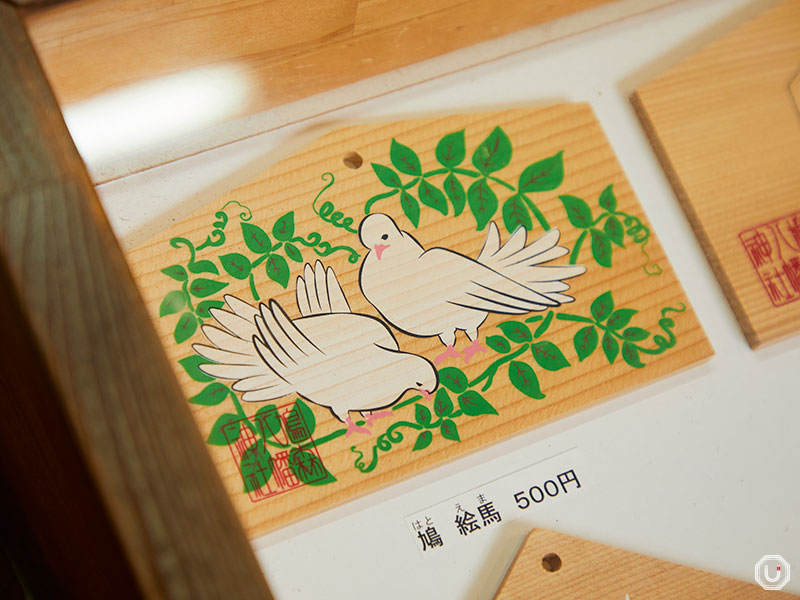
Ema votive tablets from Hatonomori Hachiman Shrine in Tokyo. You can write your wish on them.
- Where to get them: When available, ema can be purchased at the shrine or temple office. They usually cost between 700 and 1,000 JPY.
- How to use them: Write your wish on the tablet using the provided pens and hang it on the designated rack. Write sincerely and respectfully, avoiding inappropriate or disrespectful messages.
Frequently asked questions
- Q: Can I take the ema home without writing on it? A: Yes, you can take ema home, though traditionally they are left at the site.
- Q: Can I take photos of emas? A: Yes, as long as there is no sign prohibiting photography.
Omikuji: fortune slips at shrines and temples
Omikuji are paper fortunes you can draw at some shrines and temples, providing guidance on various aspects of life.
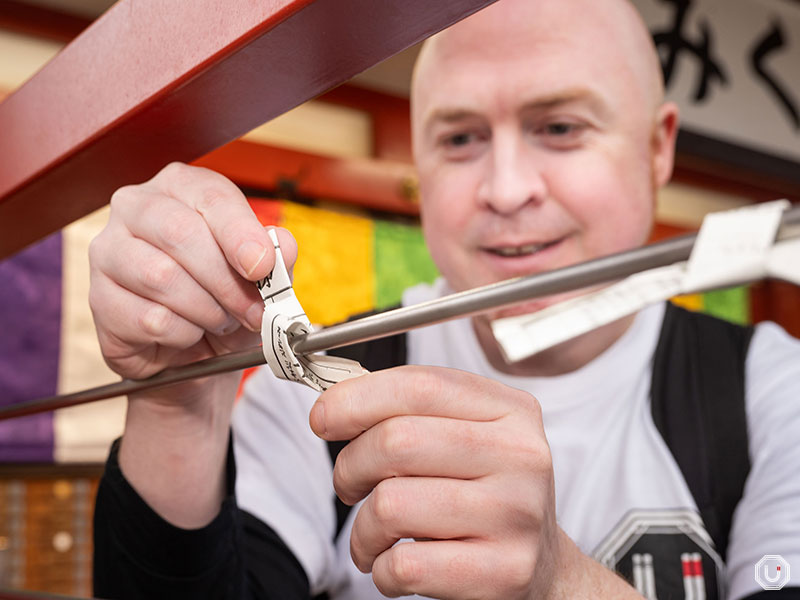
Omikuji at Sensō-Ji Temple in Tokyo. You can leave your omikuji behind if it is a bad fortune.
- Where to get them: Available at specified vending areas.
- How to draw a fortune: There are different systems for drawing omikuji at shrines and temples, but a common one is a number-matching system. Pull out a stick or slip from the wooden canister, and match the number to retrieve your fortune.
Frequently asked questions
- Q: What should I do with my omikuji? A: You can take it with you or tie it to a designated rack or a tree at the shrine or temple. Many people choose the latter when their fortune is bad in order to leave the bad fortune behind.
- Q: Can I throw it away on the temple grounds? A: No, it is a lack of respect to discard it on the ground.
- Q: Where do I put the omikuji if I take it home? A: You can put it in your wallet, a notebook, a folder or any place that will keep it safe.
Incense and candles at Buddhist temples
Offering incense and candles is a common practice at Buddhist temples, symbolizing purification of body and mind and always performed before paying respects.
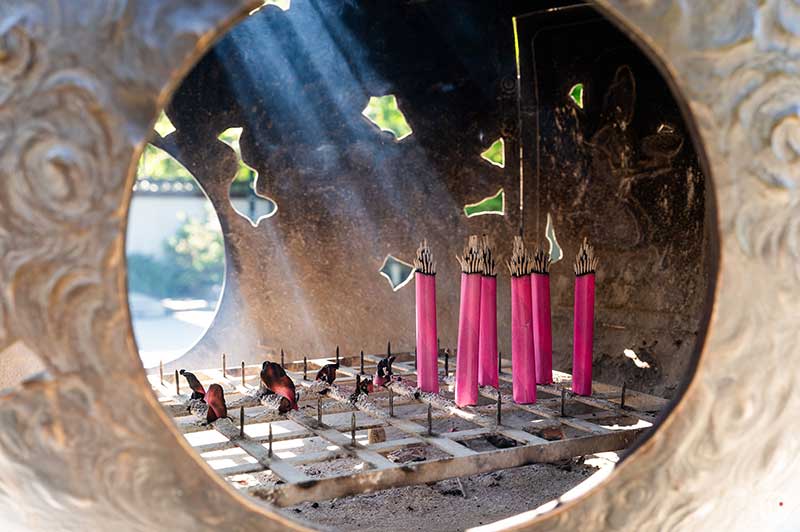
The incense burner at Kōtoku-in Temple in Kamakura, Kanagawa Prefecture. Burn incense or candles before paying your respects at a Buddhist temple.
- Where to get them: Incense and candles are usually sold at the temple.
- How to use them: Light the candle or incense from the flame provided. For incense, place it in the incense burner; for candles, place them in the candle holder.
Frequently asked questions
- Q: Can I light incense or candles at any time? A: No, since it is done for purification purposes, you should do it before paying your respects at the main hall.
- Q: Can I blow on the flame of the incense with my mouth to extinguish it? A: No, that’s considered bad manners. Always wave air over the flame with your hands.
Respecting sacred spaces
When exploring shrine and temple grounds, it’s essential to show respect:
- In shrines, do not cross the shimenawa (sacred ropes) demarcating off-limits areas.
- Do not take photos or videos in designated sacred spaces, as indicated by signs or roped-off areas.
By following these guidelines, you can ensure a respectful and meaningful visit to Japan’s beautiful shrines and temples.
For a detailed guide on how to pay respects at shrines and temples, read our article here.
